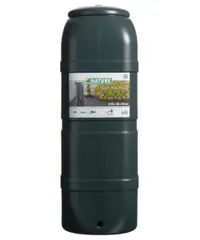12 garden watering mistakes that you want to avoid at all costs
From underwatering to overwatering, these are the garden watering mistakes to avoid this summer and beyond.

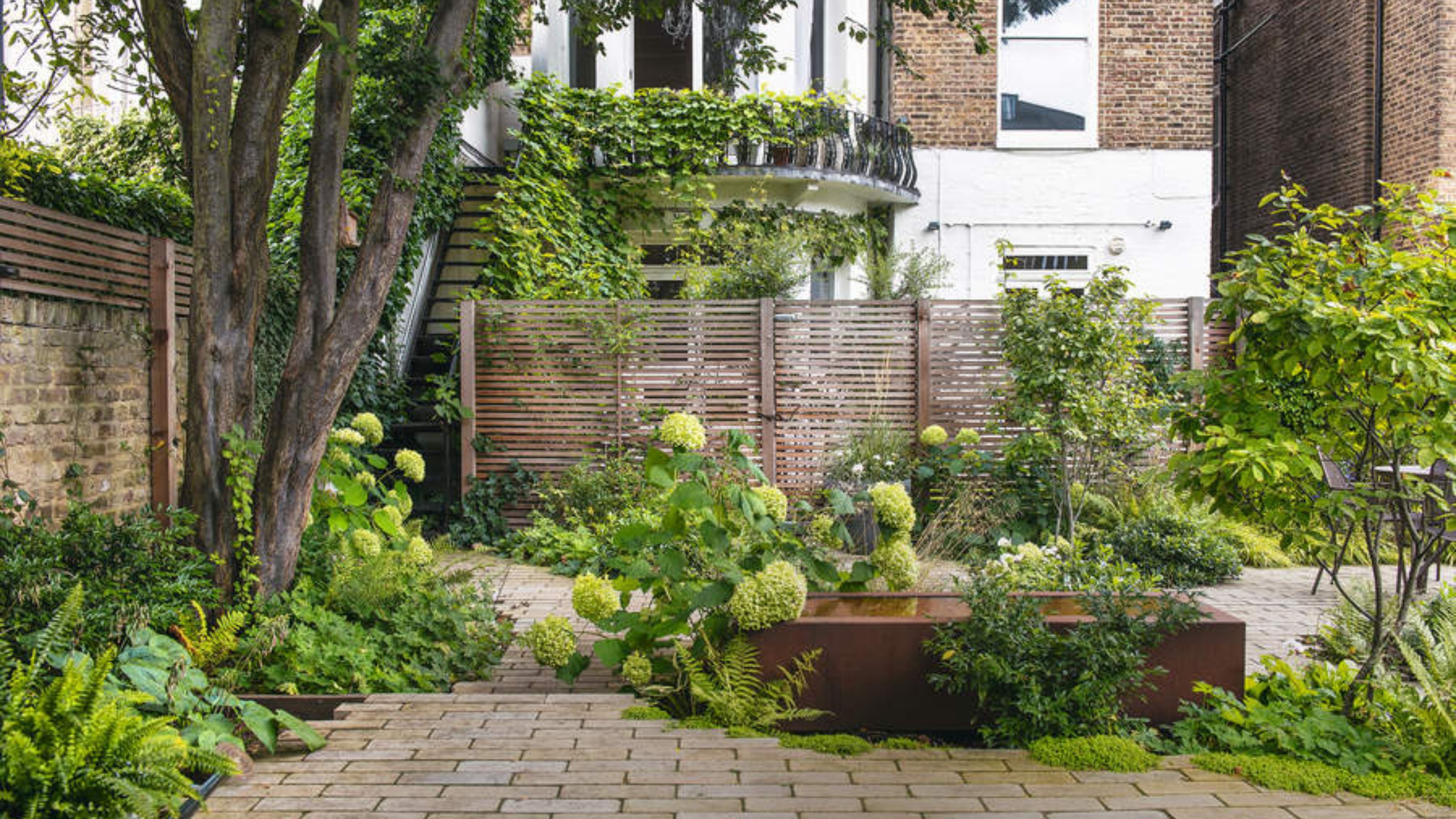
Making an effort to avoid any garden watering mistakes is one of the best and easiest ways to keep our plants looking their very best.
That's right: it doesn't matter how beautiful your overflowing list of garden ideas is, or how many edimentals you've grown, or even which of this year's big garden trends you've nailed. Honestly, it all means zilch if you don't follow the golden rules of watering.
The garden watering mistakes to avoid
Inspired by RHS watering advice, we have worked together with gardening experts to pull together a list of the garden watering mistakes you will definitely want to avoid making.

Here's what they had to advise.
1. Not collecting rainwater
One of the biggest mistakes anyone can make when figuring out how to plan a garden is failing to leap on the rain harvesting trend.
As Catherine Capon, wildlife expert and communications consultant at Treedom, the digital tree planting platform who are on a mission to green the planet and help combat the climate crisis, puts it: ‘During a heatwave, water sources can become scarce for both humans and wildlife.
‘Conserve water by using it efficiently and reducing wastage. Every drop you save can help maintain natural water sources for wildlife – and keep your garden blooming, too.’
Sign up to our newsletter for style inspiration, real homes, project and garden advice and shopping know-how

Wayfair’s Resident Trend Advisor, Nadia McCowan Hill, adds: ‘A simple addition to make your home more efficient – if you have outdoor space – is to invest in a rain barrel or water butt. They can help you to save water and reduce your energy bills.
‘There are a number of shapes and designs, from compact ones for smaller gardens to large-scale heavy-duty barrels to maximise water-saving.’
Nature Rain Butt 100L Black | £95.99 at Wayfair
Use this slender and durable rain barrel to collect rainwater for your garden irrigation.
2. Watering during the hottest part of the day
Speaking on behalf of Buzz Bingo, James Brooks says: ‘A lot of people say not to do this because there is a risk of the sun ‘burning’ the plants.
'While I do not believe this to be true, it's still not wise to water when the sun is high. If you do, your water is much more likely to evaporate before it actually reaches the plant’s roots, which is where it needs to be.’

James Brooks is a foodie, content creator, and avid gardener. When he is not creating delicious videos for global food brands like KFC, Subway, and Hello Fresh, or selling locally-sourced veg in his high street greengrocer, GENESIS Honiton, you'll find him growing all kinds of interesting varieties of fruit and veg in his kitchen garden in Devon.
Most plants go through their own weight in water on a sunny day, and those that are not in pots will benefit most from being watered in the cooler mornings or evenings.
This will give droplets plenty of time to soak down into the soil.
3. Overwatering
‘It’s understandable that you want to give your plants more water as the temperature rises,’ says Andrew O’Donoghue, one of the co-directors at Gardens Revived.
‘However, overwatering a plant will mean it sits in water, suffocating the roots of oxygen. It can also become more at risk of root rot and fungal diseases.’
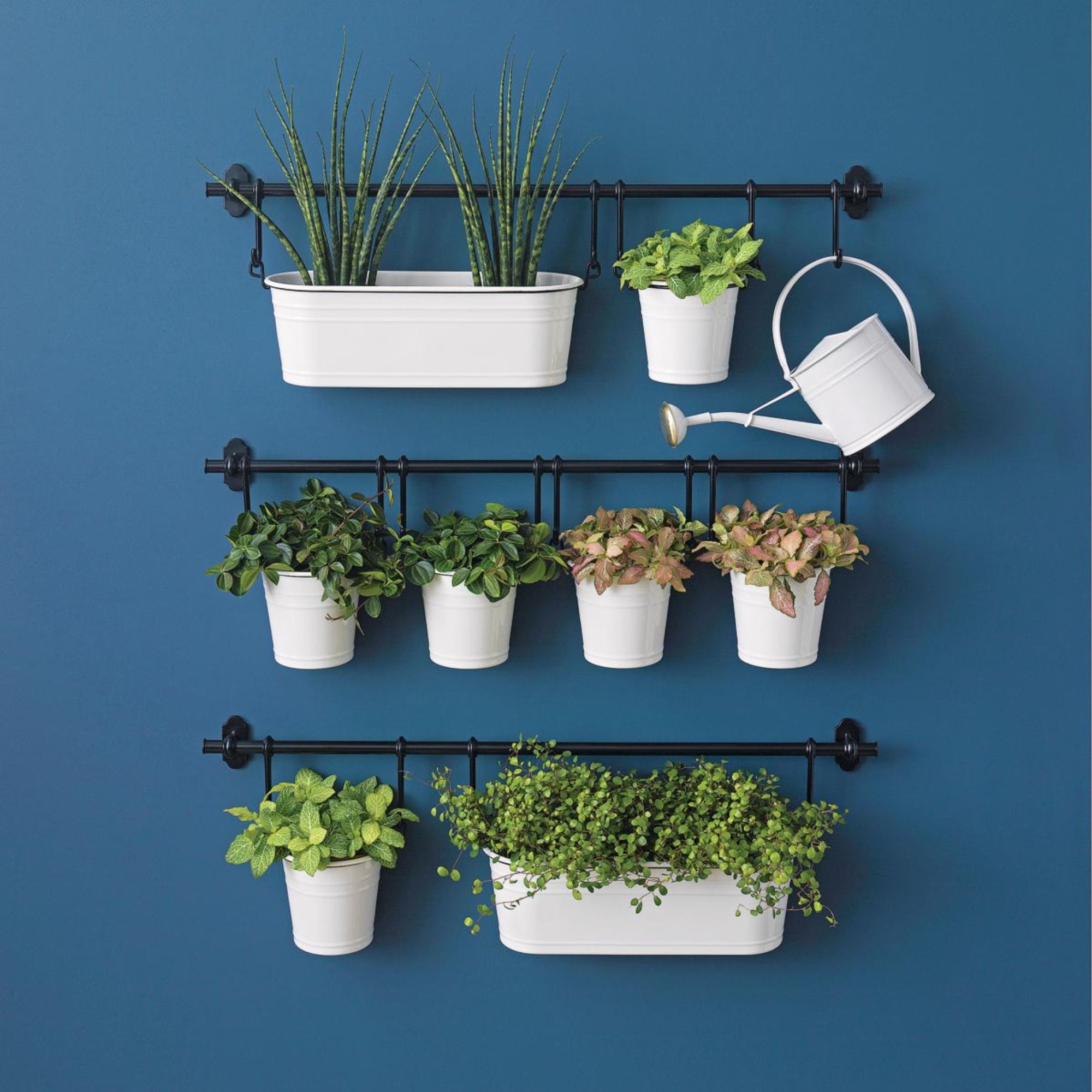
James adds: ‘As a gardener you want your plants to be resilient by establishing deep roots, as this will help them to always have access to moisture and get more nutrients from deeper in the ground.
'If you are growing edible plants like fruit and veg, this will also have the added benefit of them producing tastier produce!’
4. Underwatering
‘While it’s definitely worse to water a plant too much, the flipside of this is watering them too little,’ says Chris Bonnet, founder of Gardening Express.co.uk.
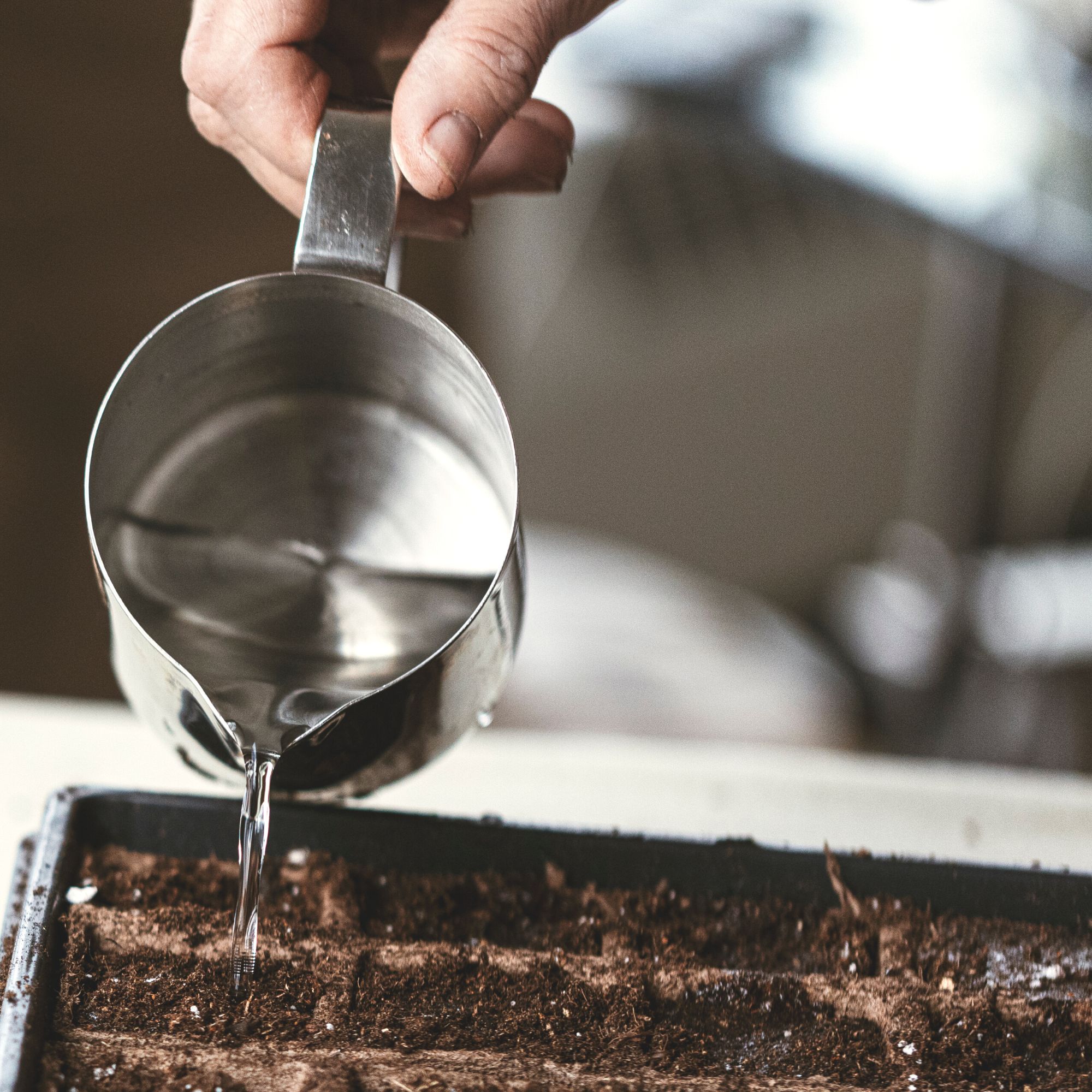
He continues: ‘Underwatering means you’re depriving the plants of water, which can lead to them dying.
‘Check the moisture level of the soil using your finger or a moisture metre before watering, remembering each plant has specific needs, and use pots with drainage holes (outdoors) to prevent water from accumulating at the bottom.’
Thankfully, drip watering can help with both underwatering and overwatering your garden.
5. Failing to mulch
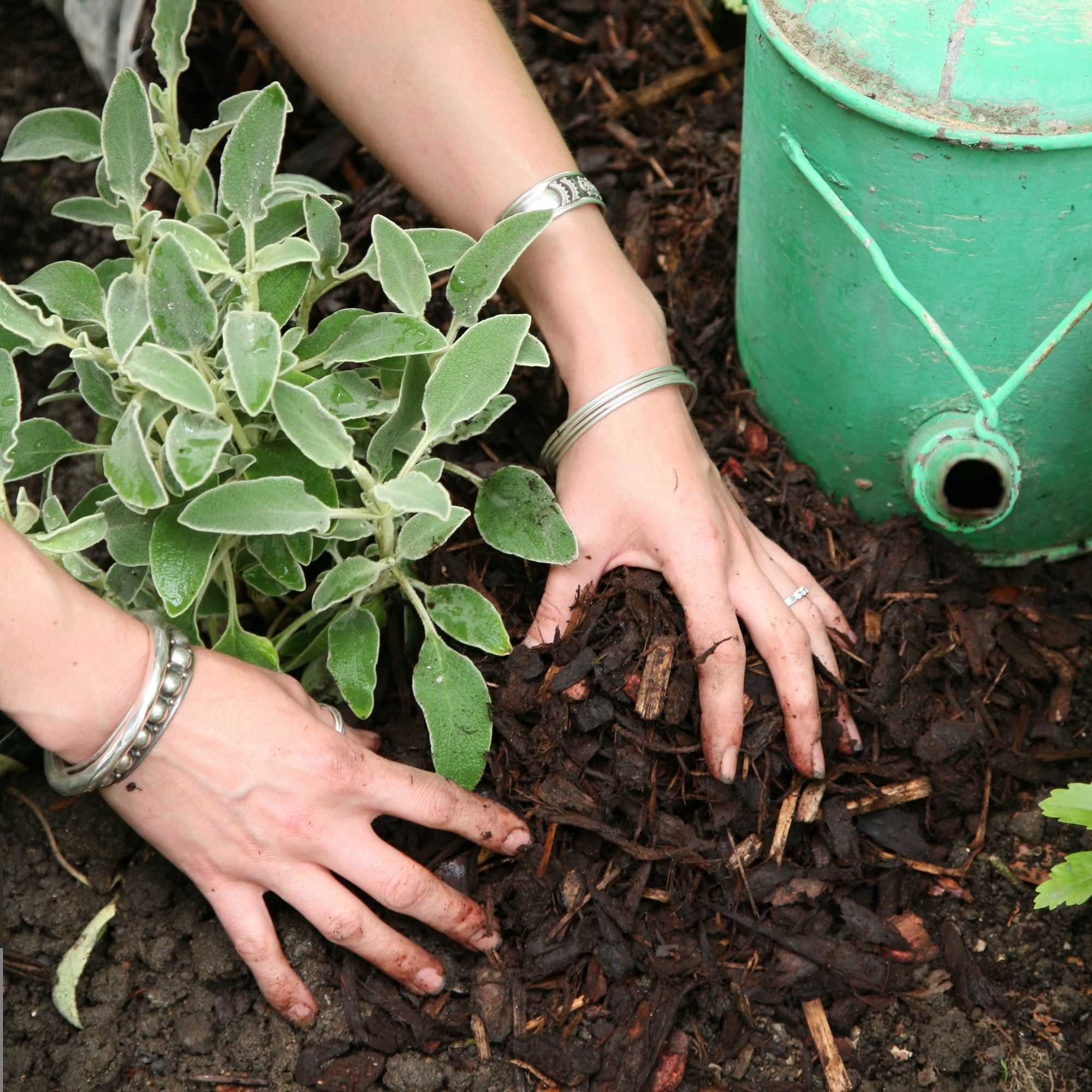
‘Bare soil is not a good thing, as it can dry out so easily causing problems for your plants as well as the various creatures and organisms that keep your soil healthy,’ says James.
‘Make sure your soil is always covered with a good-quality mulch, whether that is compost, hay, grass clippings, or plants. It’s full of nutrients, so will feed the soil and the organisms it relies on, not to mention keep weeds at bay.
‘Even better: when you do water, a good layer of mulch means it’s more likely to get into the soil rather than evaporate straight away.’
6. Inconsistent watering schedule
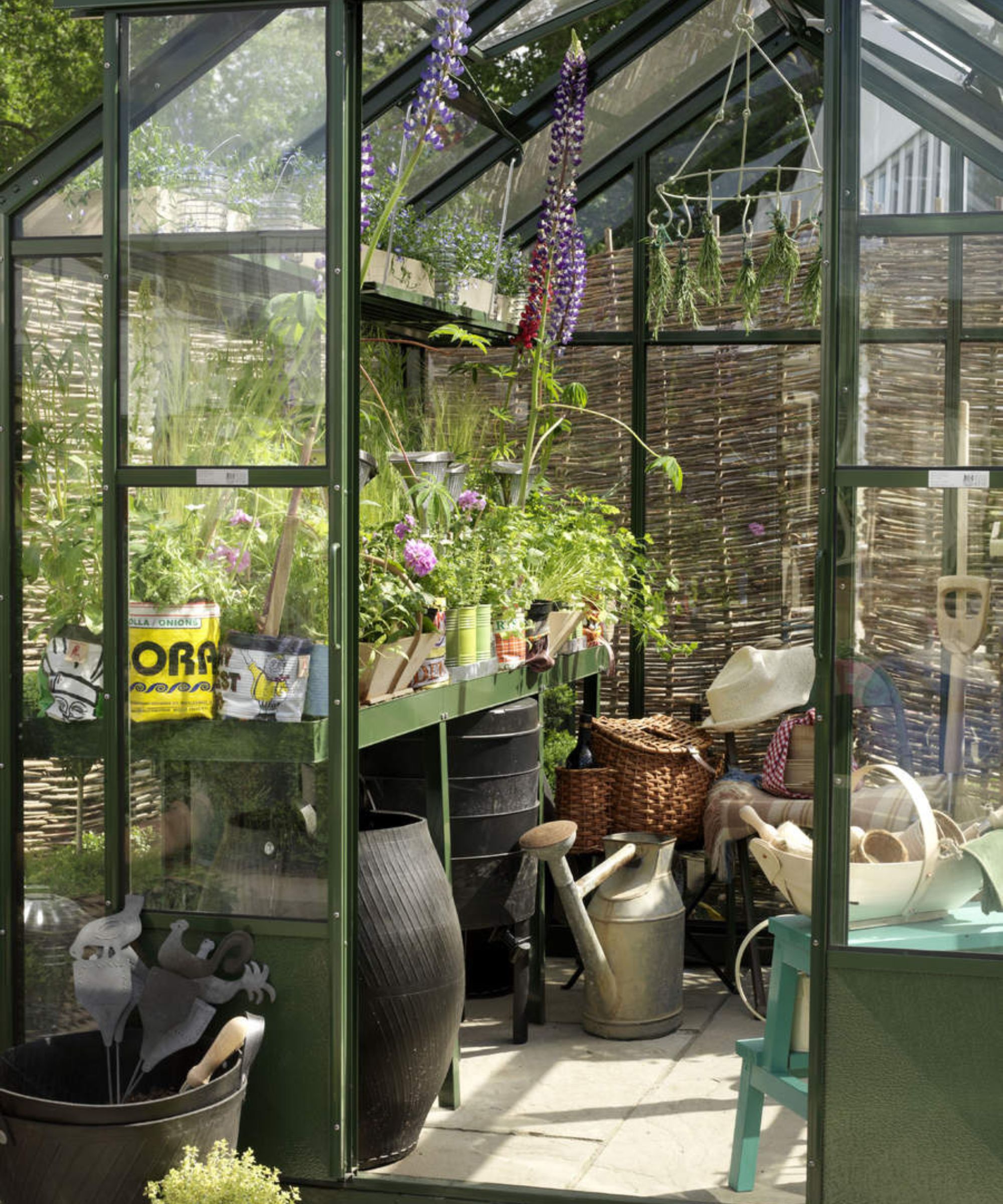
‘Irregular watering schedules can stress plants, especially in hot weather,’ says Andrew. ‘It’s best to establish a watering routine that fits into your daily routine.
‘Make it a habit to get out and water your plants in the mornings if you can – unless rain has been forecast, of course!’
7. Not watering plants you've just planted out
‘It's always a good idea to ‘water in’ any plants you have planted out from pots or module trays,’ advises James.
‘This will help them to have the best start getting established in their new home.’
8. Not watering the base of plants
‘When watering you want the water to get to the roots, not the leaves,’ stresses James.
‘With certain plants that are prone to diseases like powdery mildew (things like tomatoes, cucumbers, and squashes), you really want to keep your foliage dry with a lot of air circulation to delay the onset of this as long as possible, extending the season where you can get your delicious produce!’

Andrew adds: ‘Try to avoid watering the leaves of your plants, as this can lead to fungal infections.
'With some very tender plants, it can even create a scorch-like effect.’
9. Thinking every plant needs the same
‘Get to know your plants and just how much water they need,’ says Chris.
‘Some, like lavender, need very little, but other varieties will need much more.’
Your thirstiest plants are likely to be seedlings, cuttings, potted greenhouse dwellers (like tomatoes and cucumbers), tree ferns, and young plants. Try to water these every day or two.
Bedding plants and veg crops (think lettuce, celery, spinach and brassicas) will likely need a good drenching once a week, due to their shallow root systems. Make sure they don't dry out.
Fruit trees, roses, and clematis can usually fend for themselves, but may need a drink once a fortnight during very dry spells. Essentially, every plant is different, so do your research.
10. Forgetting plants in module trays
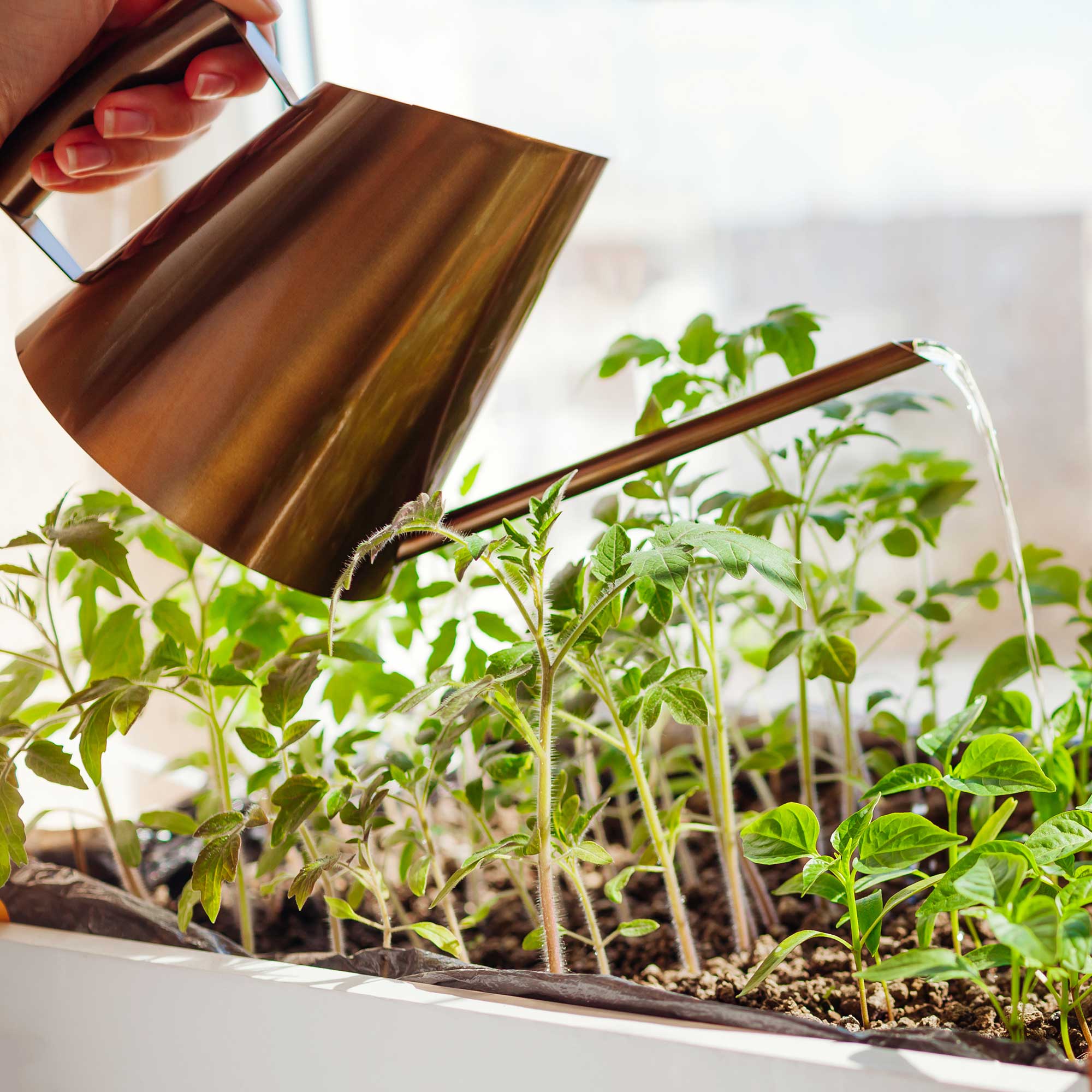
‘If you have plants in module trays in the greenhouse, remember they will dry out quickly in very hot weather,’ says James.
‘You must keep an eye on them and water them daily if needs be!’
11. Failing to check the water pressure
‘If you water with a hose, check the water pressure and make sure it’s set to low,’ says Chris.
‘Blasting them at too high pressure could damage the plant, and that’s something we definitely want to avoid.’

12. Forgetting to feed as you go
'Don’t forget to feed as you water,' says Morris Hankinson, Founder and Managing Director at Hopes Grove Nurseries.
'A dilute liquid feed is a very effective way of giving your plants a boost every time you water and becomes more important for pots and containers as the compost becomes more ‘tired’ later in the season.
'Plants and shrubs planted into the soil will also benefit, not least because the nutrients can be absorbed almost immediately.'

Basically, there's a lot more to watering than popping out and splashing your plants every so often. Figure out what your plant babies need, make a schedule, and stick to it – and be sure to use collected rainwater wherever possible, too.
Your lush lawns and vibrant garden borders will thank you for your efforts all summer long.
What are the rules of watering?
The golden rules of watering will vary depending on the type of plants you have in your garden, the season, and the weather. Usually, though, you want to maintain good soil moisture levels by watering less often (but thoroughly), keep leaves dry, water early in the morning or late in the evening, and make sure water is applied directly to the roots.
What is the best time of day to water plants?
You should always aim to avoid watering during the hottest part of the day. If you can, water in the morning or evening when it's cooler: this should give your plants plenty of time to absorb the moisture they need throughout the day.

Kayleigh Dray became Ideal Home’s Acting Content Editor in the spring of 2023, and is very excited to get to work. She joins the team after a decade-long career working as a journalist and editor across a number of leading lifestyle brands, both in-house and as a freelancer.
